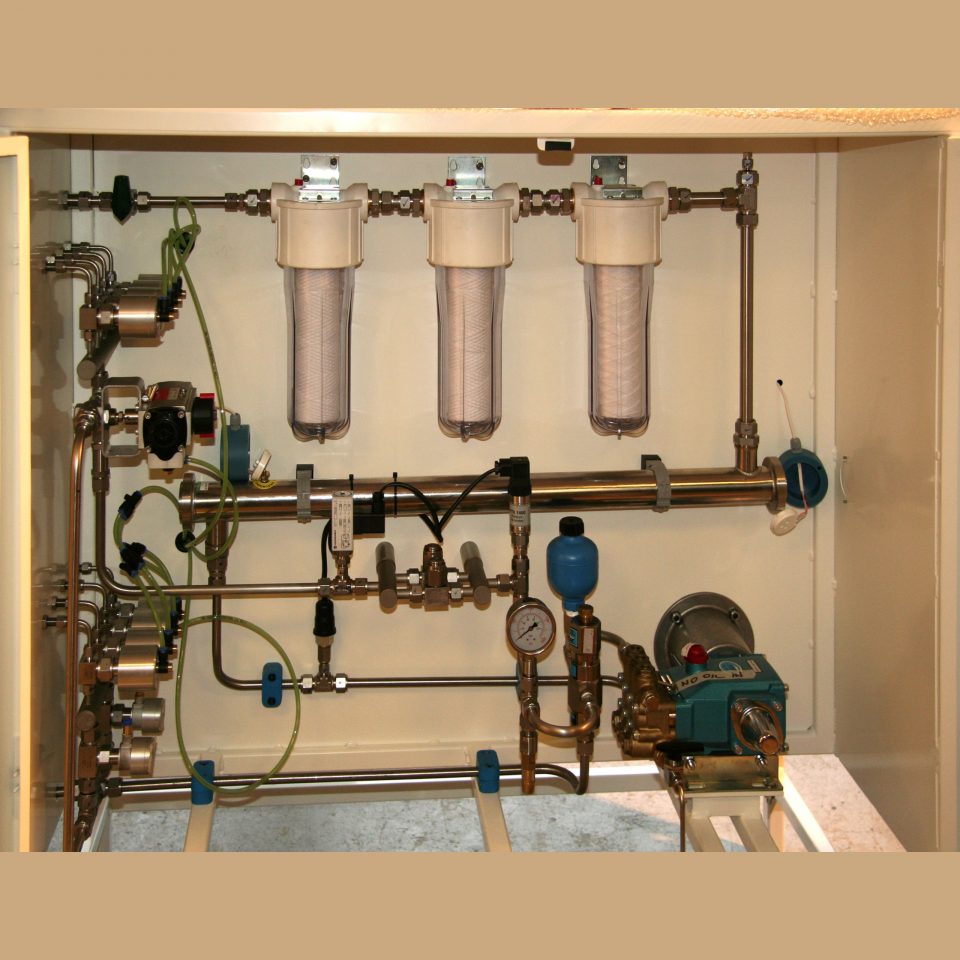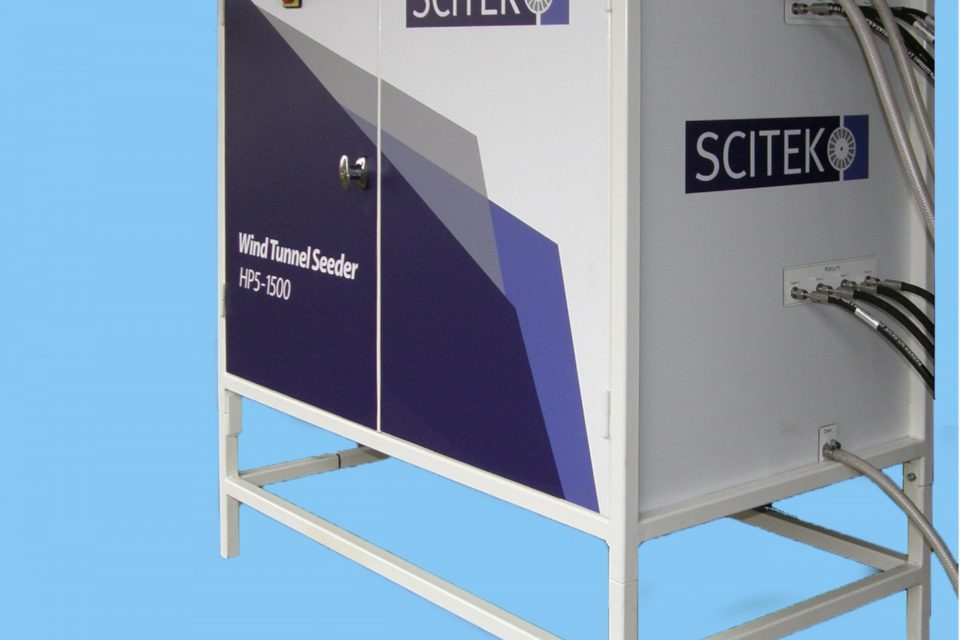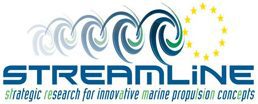Large Wind Tunnel Seeding Requirements
As part of any LDV and PIV measurements, seeding particles need to be introduced into the flow. For large size wind-tunnels the volume of air is large and “off the shelf” seeding generators cannot produce the density of seeding required. Smoke generators are generally considered to be the only devices that can generate large quantity of seeding and produce sub-micron particles. In LDV applications the small aperture of the receiving optics combined with the small size of the smoke particles produces weak signals and low data rates. In PIV applications the interrogation areas in large wind tunnels are required to be large and smoke particles are not ideal because they produce weak signals (or necessitate the use of high power lasers).
The SCITEK system solves these problems by making use of larger particles (1 to 6 microns) using high-pressure atomising nozzles. An additional advantage is that these nozzles deliver very large quantities of seeding particles (1010 particles per second). Also by using more than one nozzle the seeding can be spread over a large area and can be designed to produce high data rates, reducing experiment time and thus costs. For large wind tunnels the saving from reduced running time recovers the cost of the seeding system in just a few runs.
Read our Quick Specs below.










